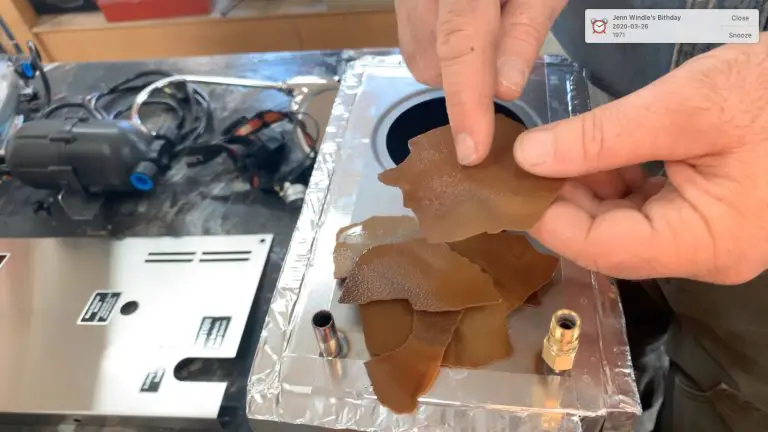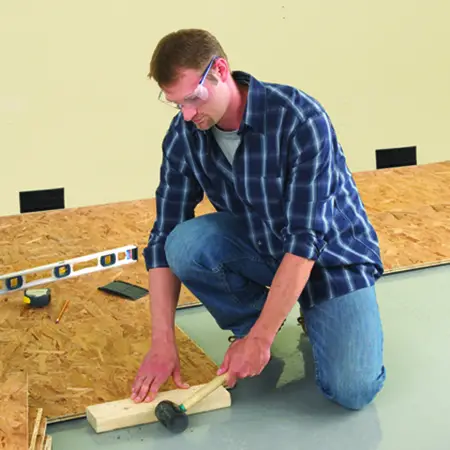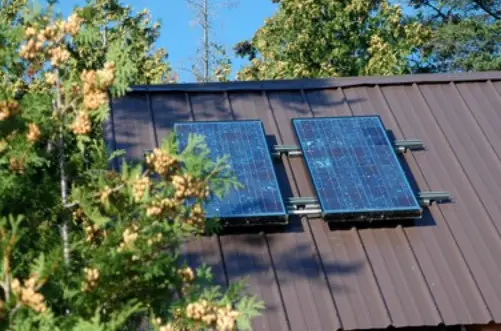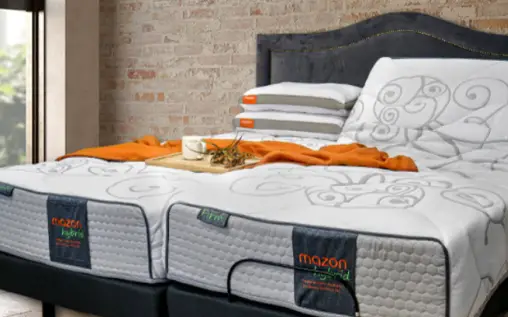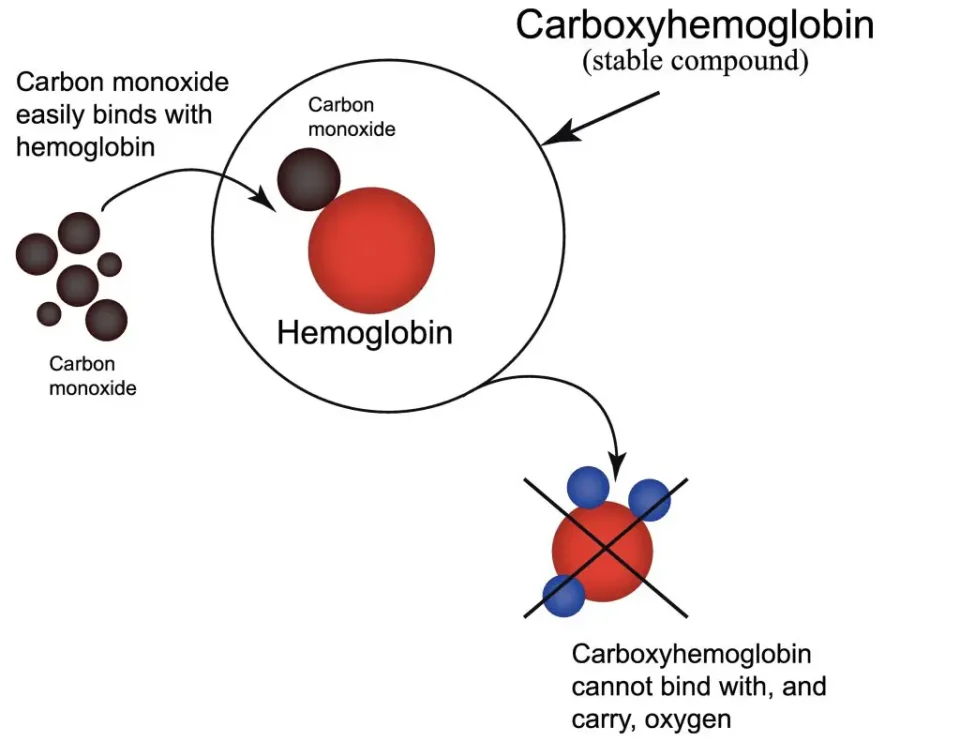
Back more than 15 years ago, a bright, hardworking energetic biologist moved to the rural island community where I live, bringing with him a vision to revitalize the local agricultural scene. His enthusiasm spilled across the table as we had lunch together one afternoon at Twin Bluffs restaurant, a small town greasy spoon in Gore Bay, Canada. I remember thinking how every place needs at least a few energetic visionaries like this guy to kickstart those innovative industries that become tomorrow’s bread and butter. His passion was high-value mushroom production, and he’d assembled small test kits that he handed out to us locals for free, hoping first-hand experience would spark grassroots change in our local economy. The kits were a brilliant idea, but I never got to try mine before a tragic mistake was made.
Bright and educated as he was, this guy made a fatal miscalculation. Two miscalculations, actually. After enjoying grilled burgers for dinner later that week, he brought his apparently extinguished little hibachi barbecue inside his travel trailer home, as rain clouds gathered overhead. That turned out to be his second mistake. The first was failing to install a carbon monoxide detector in his trailer. He went to bed and never woke up. Another victim of that silent killer, carbon monoxide.
Carbon Monoxide: The Cold, Colourless Killer That Never Apologizes
The hazards of carbon monoxide (CO) aren’t news to most of us. It’s more or less understood that the colourless, odourless gas is deadly, but what you might not realize is how the carbon monoxide hazard is rising as time goes on. As strange as it sounds, improving homebuilding standards are the reason why. You never get something in this world for nothing.
Carbon monoxide is not poison in the usual sense, but it kills because it’s so chemically eager to latch onto hemoglobin and neutralize your blood’s ability to carry oxygen. When CO enters the body and blood stream, it starves vital organs of oxygen, without even causing enough pain or discomfort to wake a person up. The oxygen you need is still in your blood, but the CO won’t let oxygen be picked up and delivered to your cells. Levels of CO above only 70 parts per million (ppm) can cause headaches, tiredness and nausea, so it’s pretty powerful stuff. CO levels over 150 to 200 ppm will probably kill you in a short time. Clearly, it doesn’t take much. The diagram below shows how CO causes trouble. Once CO has bound itself to hemoglobin, the hemoglobin does not work as it should. Essentially, your blood loses the ability to carry oxygen.
Indoor Air Quality Key to Keeping CO Out
As home building standards rise, the amount of energy-wasting air leakage is on the way down. Governments are mandating these changes, and it’s a good thing when coupled with mechanical ventilation systems. But it’s also true that tighter homes also raise the stakes when it comes to indoor air quality. Unlike older, leaky houses that have lots of natural ventilation, today’s best homes are tight enough to allow negative indoor pressures to develop under some circumstances. Excessive and unbalanced exhaust fan use or malfunctioning ventilation equipment can all cause pressure inside your home to become lower than it is outdoors, possibly drawing colourless, odourless CO back into your house from combustion appliances instead of from outside, all without any warning.
Backdrafting of exhaust gases is not a likely scenario, but the stakes are high enough that you can’t responsibly leave your life to chance, however small it may be. That’s why I consider CO detectors a no-brainer. We’ve had CO detectors in our house for decades, and once, when the alarm went off after someone closed the fireplace flue too soon, these detectors may have saved our lives. That’s one reason I’m a believer. Another is the way CO detectors are getting better.
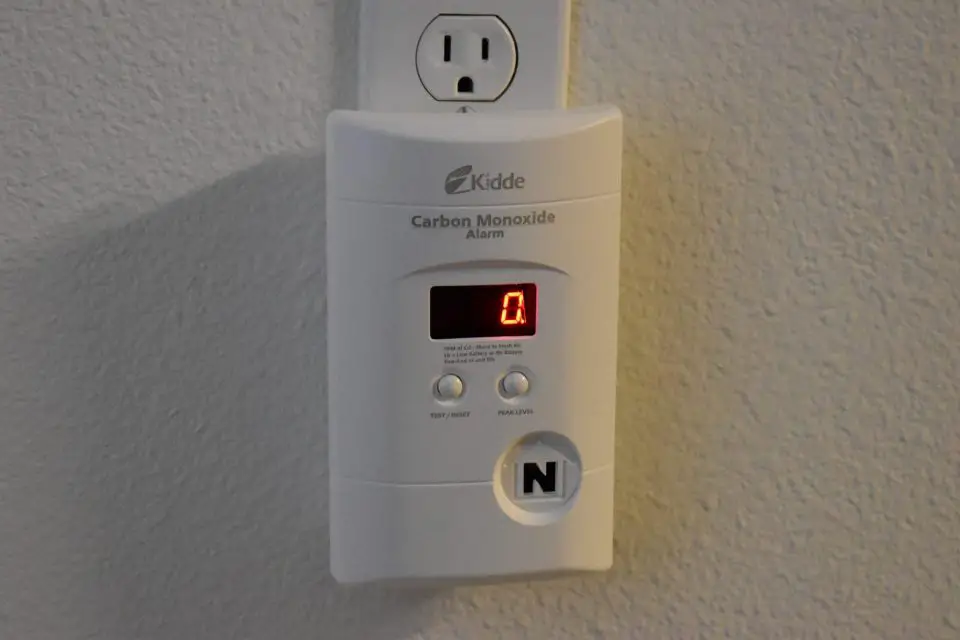
Key Features to Look for When Buying CO Detectors
The latest CO detectors have three features that improve performance over earlier models, and unless you’ve lived with a detector for a while you might not realize what to look for.
- The first feature that matters is battery back-up. First generation CO detectors were powered by an AC plug outlet alone, and this meant they offered no protection during power failures – precisely just when you need it as furnace burner fans and water heater exhaust systems shut down instantly while combustion might still be happening for a short time. Today’s best CO detectors have a built-in, rechargeable battery that keeps the unit working even when the power goes off.
- Another useful feature to watch for is end-of-life warning capabilities. CO detectors have a limited lifespan, and you can’t trust your life to them forever. The Kidde units (pronounced “kidda”) I’ve been testing for a while here at our house beep every 30 second after seven years of use. It’s a good reminder to swap out for a new one.
The most expensive CO detectors only cost about $60, which may be the best value in home protection anywhere. Trouble is, buying and plugging in carbon monoxide detectors is one of those vitally important, but seemingly non-urgent things in life that somehow don’t always get done. Not even for people smart enough to be biologists and would-be economic innovators.









